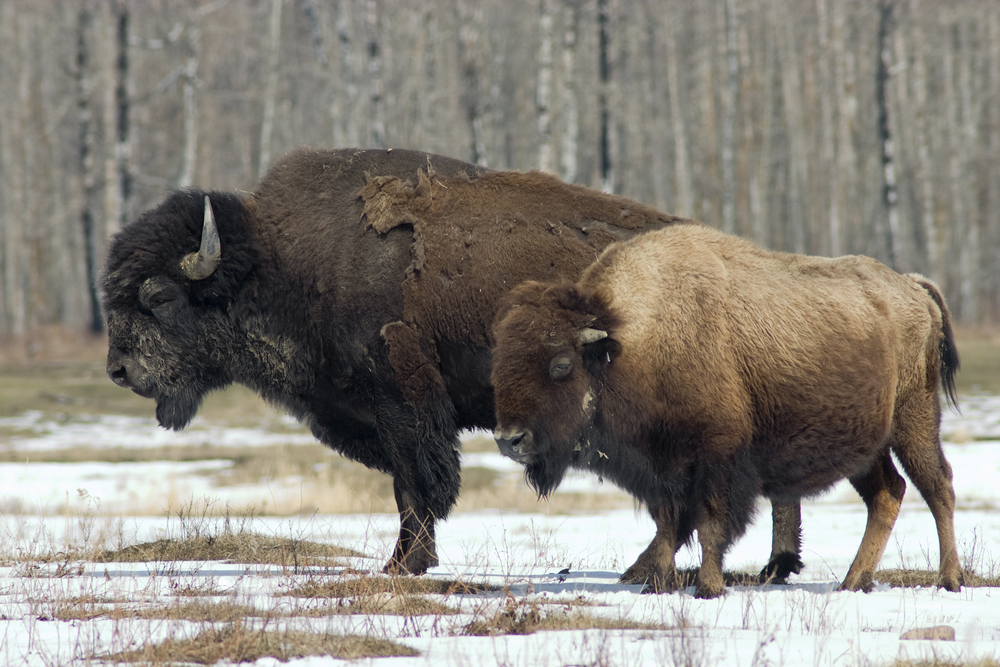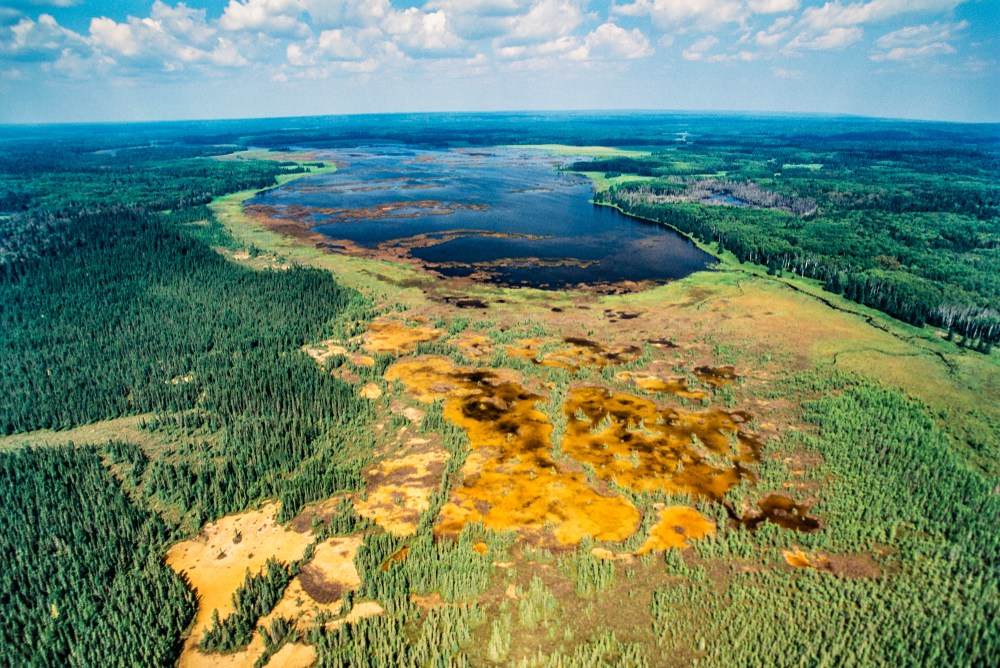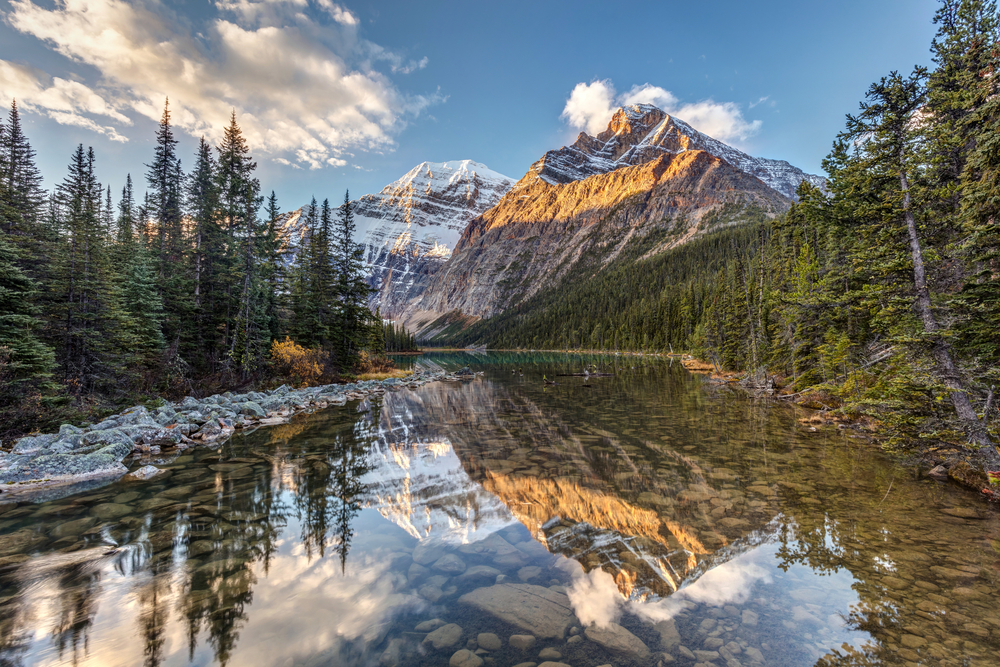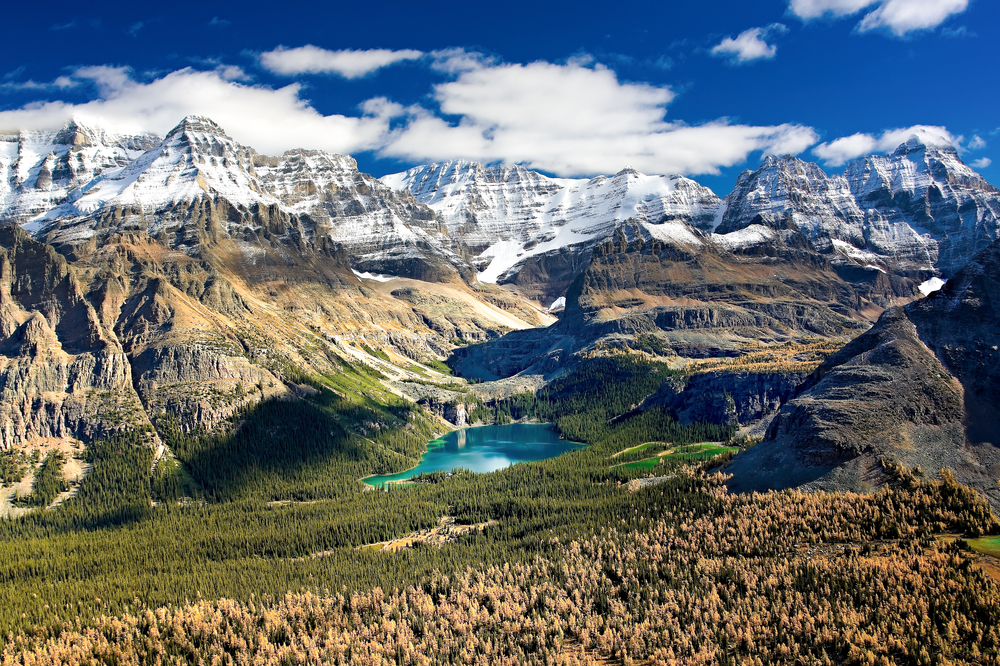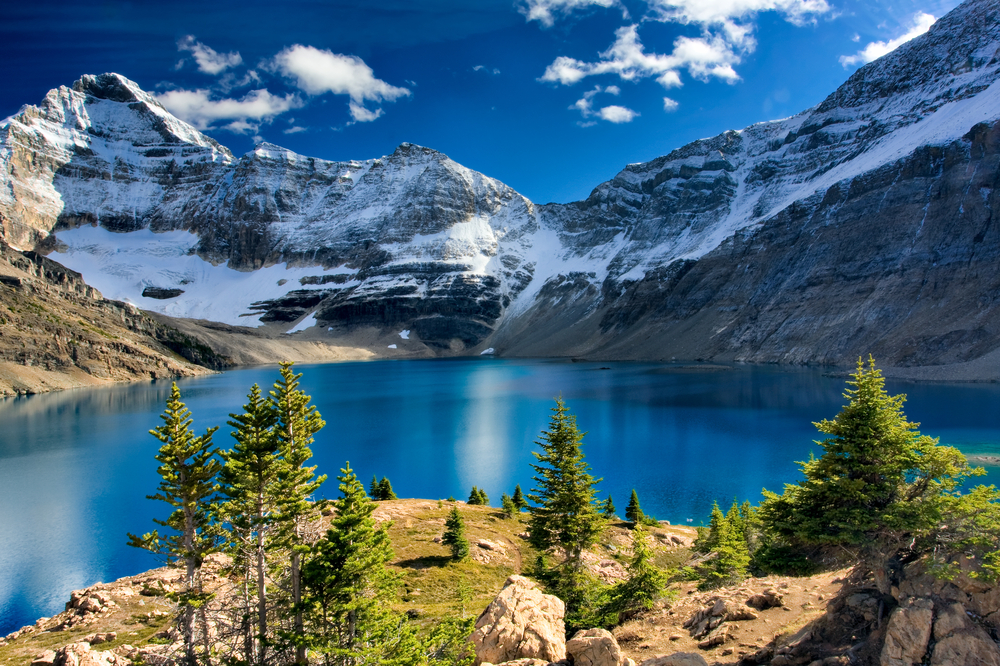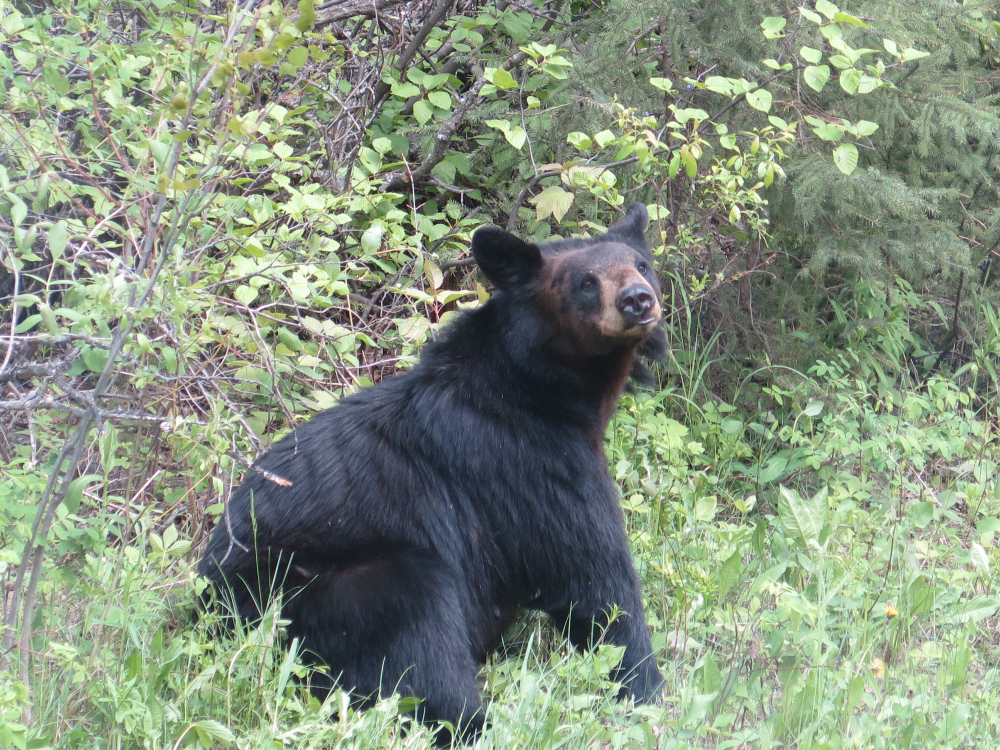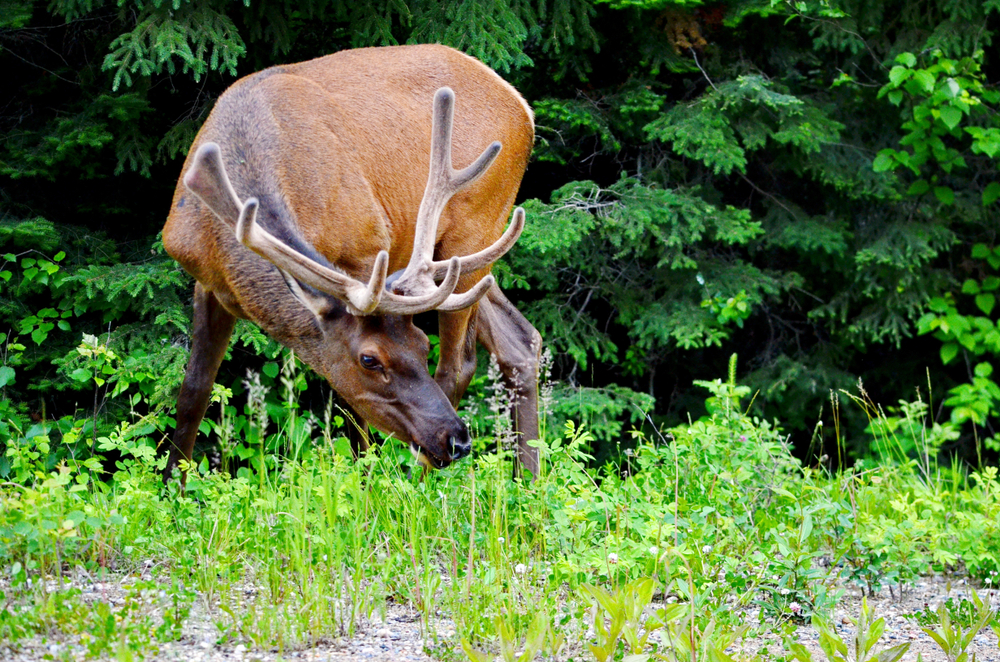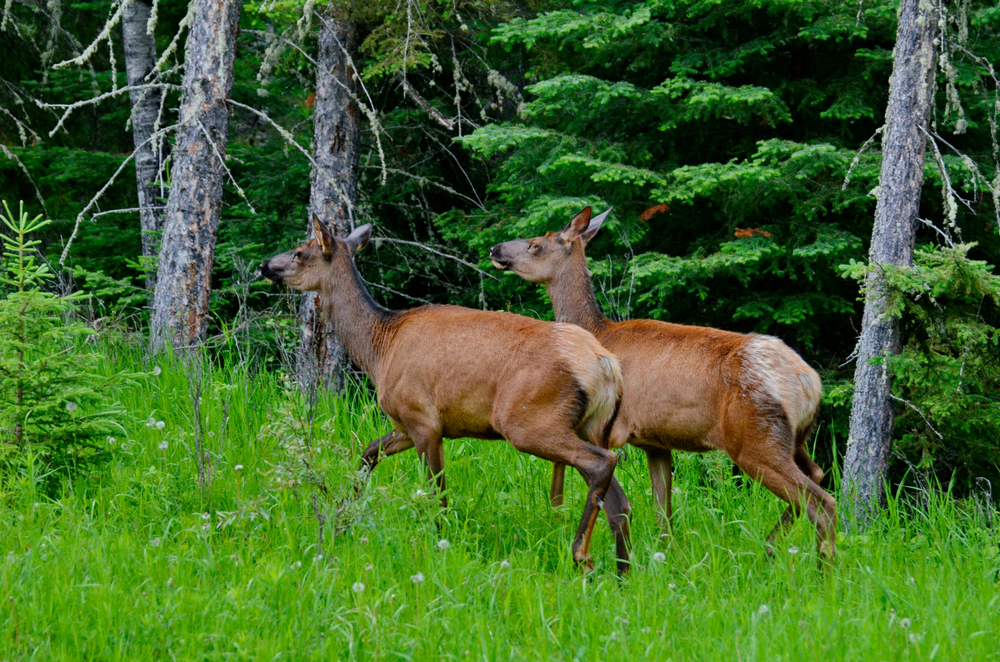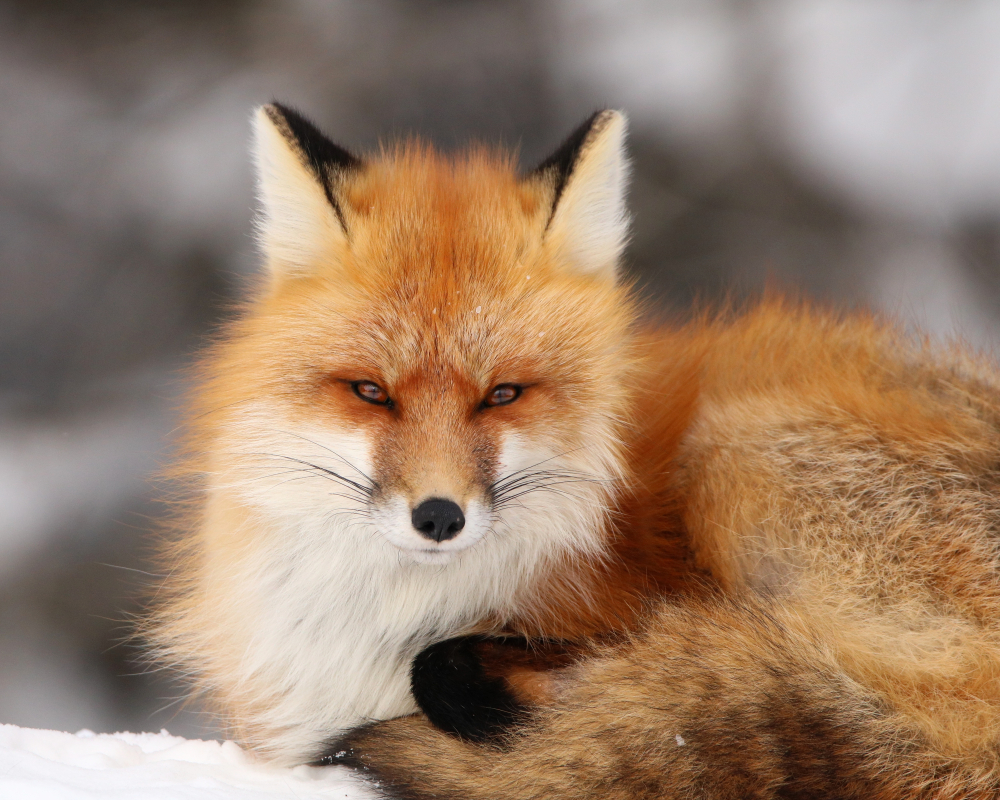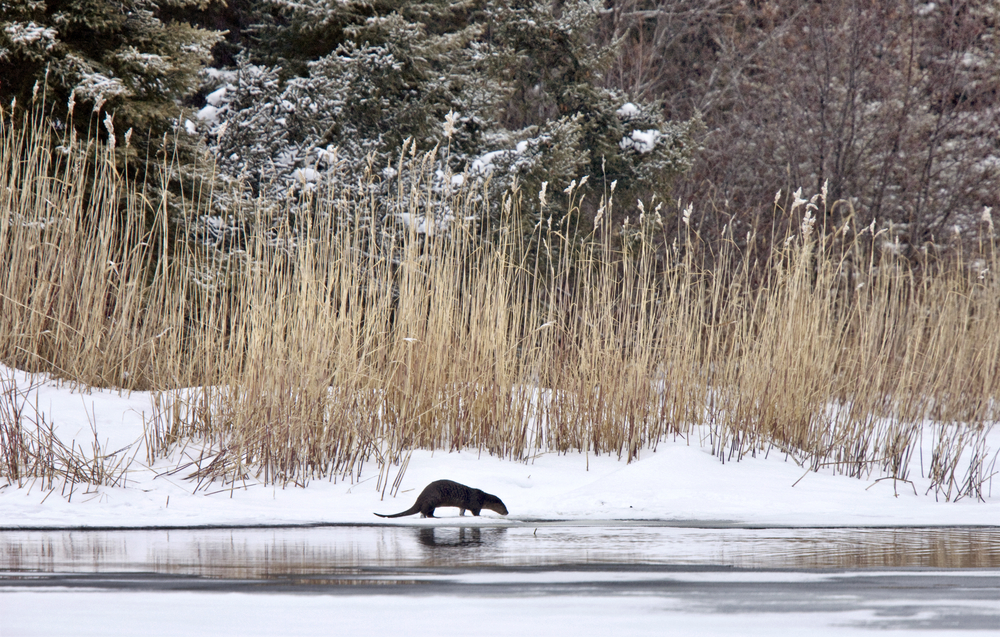Prince Albert National Park, located in Saskatchewan, Canada, is known for its stunning boreal forest landscapes, pristine lakes, and abundant wildlife. Established in 1927, the park is one of Canada’s first national parks and encompasses a diverse range of ecosystems, including forests, wetlands, and sand dunes.
One of the park’s main attractions is the stunning Waskesiu Lake, a picturesque body of water surrounded by dense forests and sandy beaches.
Visitors to Prince Albert National Park can enjoy a variety of outdoor activities, including hiking, canoeing, fishing, and wildlife viewing. The park is home to a rich variety of wildlife, including elk, moose, black bears, and timber wolves, making it a popular destination for nature lovers and outdoor enthusiasts.
In addition to its natural beauty, Prince Albert National Park also offers opportunities for cultural and historical exploration. The park is home to several Indigenous archaeological sites and historic landmarks, providing insights into the region’s rich cultural heritage.
Whether you’re seeking adventure in the great outdoors or simply looking to relax and reconnect with nature, Prince Albert National Park offers something for everyone to enjoy.











































































